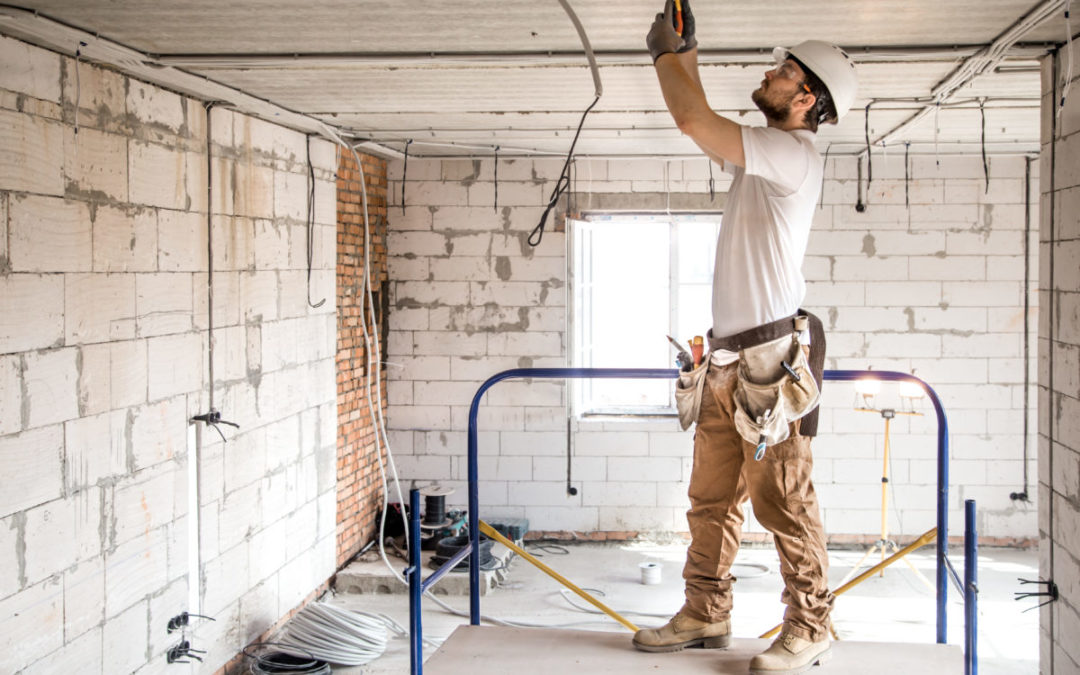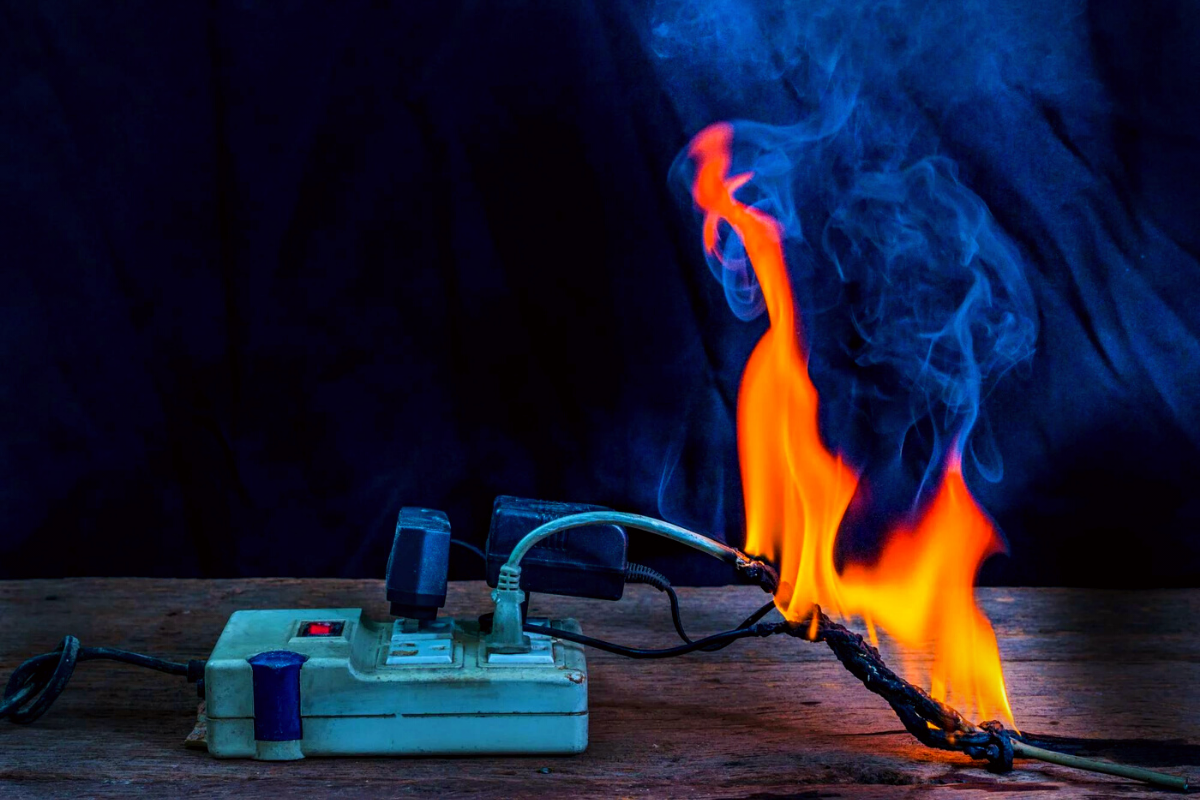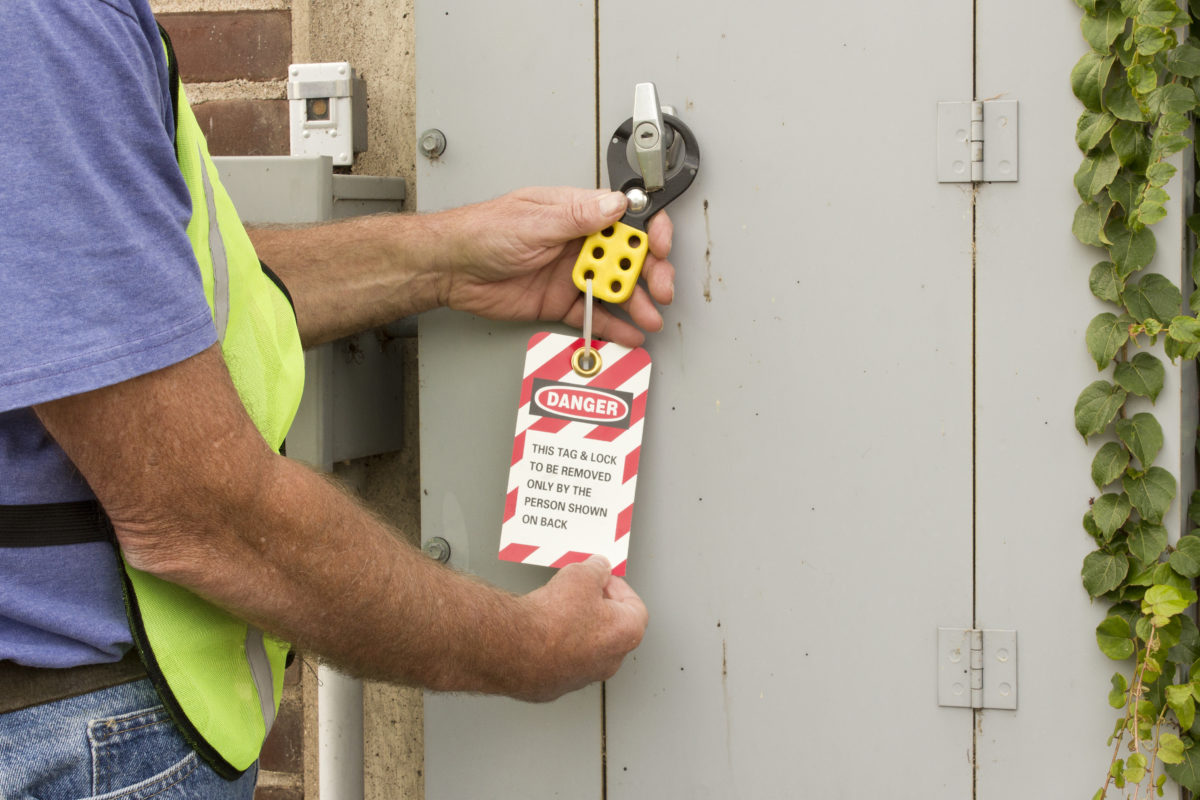Electricity is an invisible force that undeniably shapes our world. It provides light, heat, and powers countless machines that keep our society running. Yet, for all its benefits, electricity can be dangerous if not handled with respect. Electrical safety is the practice of protecting yourself and others from the hazards of electricity. This includes understanding the risks, using proper precautions, and knowing how to respond to emergencies. According to the Occupational Safety and Health Administration (OSHA), electrical hazards are responsible for thousands of injuries and hundreds of deaths each year in the United States. These hazards can be present in both workplaces and homes. Understanding electrical safety is crucial for anyone who works with or around electricity, and for those who simply want to keep their homes safe.
Electrical Hazards
There are three main types of electrical hazards: shock, arc flash, and electrical fires. Electrical shock occurs when someone comes into contact with an energized electrical conductor. The severity of a shock can range from a mild tingling sensation to cardiac arrest and death. Arc flash is a dangerous explosion of light and heat that can occur when electrical energy travels through air instead of a conductor. Arc flashes can cause severe burns, blindness, and hearing loss. Electrical fires can ignite when electrical wiring or equipment overheat or malfunction. These fires can cause extensive property damage and loss of life.
Who is a Qualified Worker?
OSHA defines a qualified worker as someone who has the skills and knowledge to work safely on electrical equipment. This includes understanding the specific electrical hazards involved in the job, and knowing how to properly protect oneself from those hazards. Qualified workers must also be able to identify and troubleshoot electrical problems, and to safely perform repairs. There are several ways to become a qualified electrical worker. One option is to complete an apprenticeship program that combines classroom learning with on-the-job training. Another option is to attend a vocational school or community college program that offers electrical training. Qualified workers should also stay up-to-date on the latest safety standards and regulations by attending continuing education courses.
Understanding Arc Flash
Arc flash is a serious electrical hazard that can cause devastating injuries. It occurs when an electrical fault creates a path of low resistance for electricity to flow through air. This ionized air creates a plasma arc with extremely high temperatures, reaching upwards of 35,000 degrees Fahrenheit. The arc flash can also produce a powerful pressure wave that can cause shrapnel and debris to be thrown.
Arc flashes can be caused by a number of factors, including dropping tools onto energized conductors, accidental contact with live wires, and moisture contamination. Electrical workers are at particular risk for arc flash injuries, but anyone who works around electrical equipment should be aware of the hazard. OSHA requires employers to conduct arc flash hazard analyses and to implement safety measures to protect workers from arc flash, such as using personal protective equipment (PPE) and establishing safe work practices.
Preventing Electrical Hazards
There are a number of steps that can be taken to prevent electrical hazards. These include:
- Only qualified workers should work on electrical equipment.
- Always turn off and lockout electrical equipment before working on it.
- Use properly rated tools and equipment.
- Inspect electrical cords and equipment for damage before use.
- Do not overload electrical outlets.
- Keep electrical cords and equipment away from water.
- Use ground fault circuit interrupters (GFCIs) in areas where there is a risk of electrical shock.
- Have a qualified electrician inspect your home’s wiring periodically.
Responding to Electrical Emergencies
If you come into contact with live electrical wires, do not try to pull yourself free. This could worsen the shock. Instead, try to break contact with the wires using a non-conductive object, such as a wooden board or broom. If you cannot break contact yourself, call for help immediately.
If you see someone who has been shocked, turn off the power if possible. If you cannot turn off the power, do not touch the victim. Call 911 immediately. Once the power is off, check the victim for breathing and a pulse. If the victim is not breathing, start CPR.
Electricity is a powerful force that can be dangerous if not handled properly. By following electrical safety practices, you can help to prevent electrical hazards and keep yourself and others safe. Remember, electrical safety is everyone’s responsibility. Take the time to learn about electrical hazards and how to prevent them. It could save your life.





Recent Comments